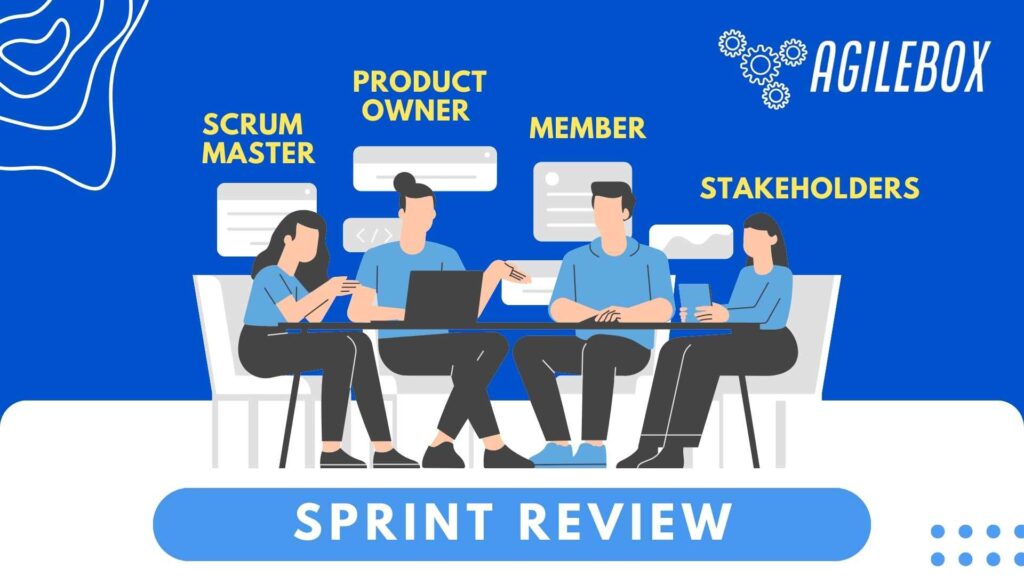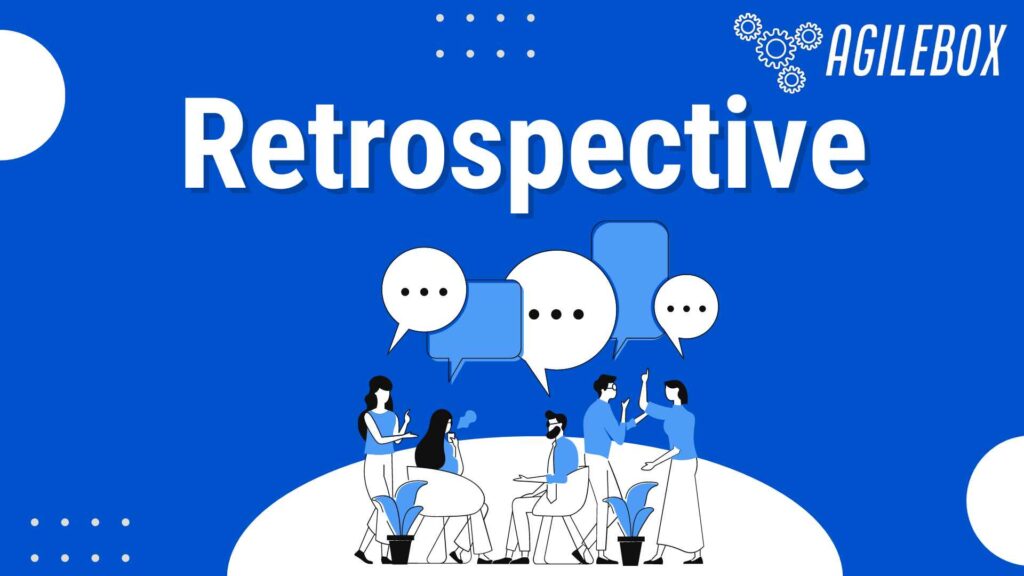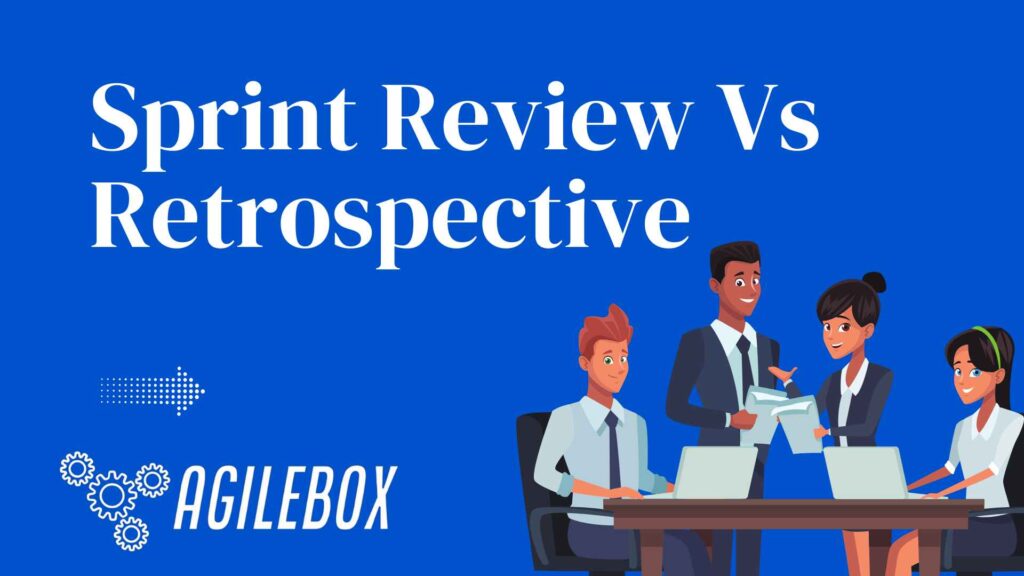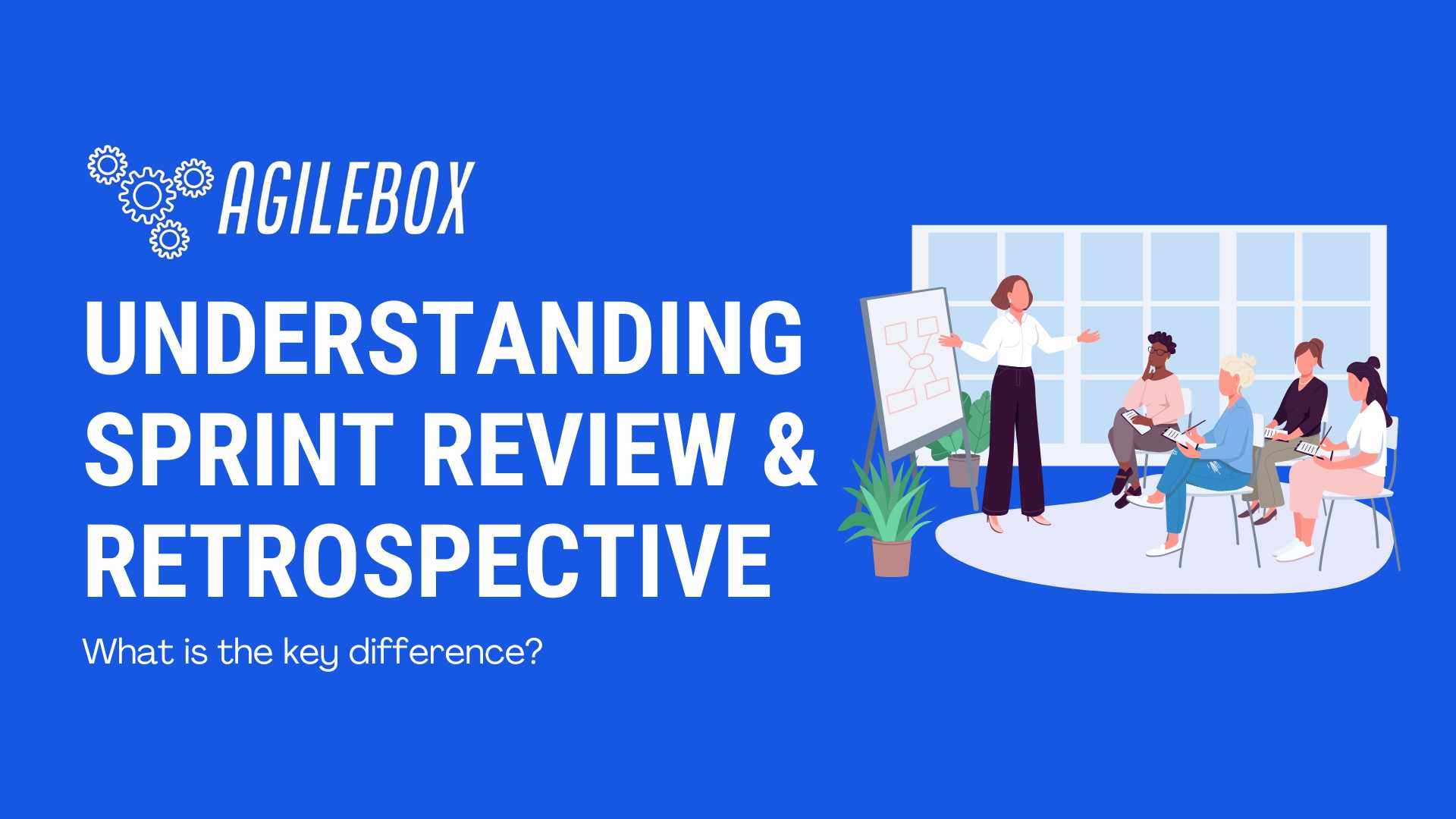Agile methodologies have revolutionized the way teams approach software development, with key practices like Sprint Review and Retrospective playing a pivotal role. This blog aims to clearly these concepts, particularly focusing on the difference between sprint review and sprint retrospective.
See more: What is a Sprint Retrospective and Why it Matter?
What is a Sprint Review?
Sprint Review Explanation
A Sprint Review is an integral aspect of the Agile methodology, typically conducted at the end of a sprint. It’s a collaborative meeting, a time when the development team, along with the Scrum Master, Product Owner, and stakeholders, come together to inspect and adapt the product increment. The focus of this meeting is on what was accomplished during the sprint, gathering feedback from stakeholders, and making it a cornerstone in understanding the dynamics. The Sprint Review’s role in Agile methodologies is crucial for maintaining transparency and adaptability of Agile practices.
What happens during a sprint review?
During a Sprint Review, the product owner elaborates on the extent of the sprint goal achievement. Team members demonstrate the tasks and stories they’ve completed, discuss those that are incomplete, and share challenges faced. Stakeholders review the progress, providing insights that are vital for the next phase of development.
The review also encompasses discussions about the current state of the backlog, delivery dates, market conditions, technological advancements, and the latest feedback. These elements collectively influence the upcoming sprint planning, making the Sprint Review a valuable input source.
In terms of frequency, Sprint Reviews are typically aligned with the number of sprints required to deliver a product prototype and the average length of each sprint in a particular project. Their purpose extends beyond mere feedback collection.

What is the purpose and result of a sprint review?
The purpose of a Sprint Review extends beyond mere presentation, it’s an opportunity for feedback. Stakeholders and team members discuss completed work, evaluate its alignment with the sprint goals, and identify areas needing improvement.
The result of a Sprint Review is twofold: it provides essential insights for immediate adjustments and shapes future sprint planning, ensuring that the product development remains on course and relevant to user needs.
By regularly conducting Sprint Reviews, Agile teams foster a culture of continuous improvement and adaptability, key to thriving in dynamic project environments.
What is a Retrospective?
Retrospective Explanation
A retrospective is a meeting conducted after a product delivery or sprint in agile methodologies to analyze the development and release process. Unlike the Sprint Review, which focuses on the product increment, a Retrospective focuses on the team’s processes and collaboration.
These meetings involve various team members and focus on open dialogue rather than just individual statements. It offers a comprehensive overview and analysis of the team’s performance, processes, and experiences during the sprint. This meeting is crucial for enhancing team dynamics and steering project improvement.
See more: Agile Retrospective Explanation
What happens during a Retrospective?
During a retrospective in Agile methodologies, the team gathers to reflect on the most recent sprint. This meeting typically involves discussing what went well and what didn’t, identifying challenges and successes. The team collectively examines their processes, communication, and collaboration. This is not just a problem-solving session, but also a space to acknowledge and celebrate achievements.

What is the purpose and result of a Retrospective?
The purpose of a Retrospective is to encourage continuous improvement within the team. By openly discussing successes and failures, the team can identify practical steps to enhance their workflow and collaboration. The result of a Retrospective is a more cohesive, efficient team and a refined approach to tackling future projects. This process is central to the Agile methodology, ensuring that teams remain flexible, responsive, and continuously evolving.
Key Differences Between Sprint Review and Retrospective
Agile methodologies emphasize continuous improvement, both in product development and team processes. Two critical methods facilitating this are Sprint Review and Retrospective. Understanding their distinct roles is essential for any Agile team. Let’s delve deeper into the key differences between them.
The Distinct Focus in Sprint Review and Retrospective
- Sprint Review: This phase is all about the product and the tangible outcomes of the sprint. It involves a thorough evaluation of the sprint’s deliverables, assessing how they align with the overarching project goals. The focus is on the “what” of the project – what was created, what was achieved, and how it contributes to the larger picture.
- Retrospective: Contrary to the product-focused Sprint Review, the Retrospective zooms in on the team’s performance and the “how” of the project. This session is dedicated to reflecting on the team’s working dynamics, the processes adopted, and the overall team environment. The goal is to identify what went well and where there is room for improvement in how the team functions.
The Participants in Sprint Review and Retrospective
- Sprint Review: This meeting casts a wider net in terms of participants. It includes not only the development team and the scrum master but also brings in the product owner and key stakeholders. This diverse group ensures a holistic view of the product and its alignment with business goals and user needs.
- Retrospective: This is a more intimate gathering, typically involving just the development team and the scrum master. By focusing internally, the team can openly discuss their dynamics, challenges, and successes without the external pressure of stakeholders. It’s a safe space for self-assessment and constructive criticism.

Processes and Atmosphere in Each Meeting
- Sprint Review: It’s a showcase and a feedback session rolled into one. The development team presents their work, and stakeholders provide immediate reactions, concerns, and suggestions. It’s a dynamic and sometimes unpredictable environment, with direct stakeholder engagement shaping the course of the discussion.
- Retrospective: In contrast, Retrospectives are more structured in terms of dialogue and reflection. The atmosphere is introspective, focusing on candid, respectful conversations about the team’s internal workings. It’s less about impressing stakeholders and more about mutual understanding and growth among team members.
Outcomes of each meeting
- Sprint Review: The primary outcome is actionable feedback on the product, leading to adjustments in the product backlog and a clearer understanding among stakeholders of the project’s direction. It’s about external alignment and setting the stage for the next sprint from a product perspective.
- Retrospective: The output here is a set of action items targeting process improvement. These may include new strategies for communication, adjustments in workflow, or addressing specific team challenges. The emphasis is on enhancing the team’s efficiency and effectiveness for future sprints.
In essence, while both Sprint Review and Retrospective are pillars of Agile methodology, they cater to different aspects of project development. Sprint Review focuses outward on the product and stakeholder engagement, while Retrospective turns inward, fostering team cohesion and process improvement. Both are crucial for a balanced and effective Agile practice.
Enhancing Your Sprint Review and Retrospective
In the agile world, the effectiveness of Sprint Reviews and Retrospective can significantly influence the success of your projects. Understanding and optimizing these practices is essential, especially when considering different team sizes and project scopes. Here are some tips and strategies to enhance these Agile techniques:

Tips and strategies for optimizing Sprint Review and Retrospective
- Prepare and Prioritize: Ensure that the team is well-prepared with the items to be reviewed. Prioritization helps in focusing on the most critical aspects first.
- Encourage Open Communication: Create a safe space for team members to express their thoughts and opinions. This open dialogue is crucial for identifying areas of improvement.
- Regular and Consistent Scheduling: Regular retrospectives ensure continuous improvement and help in addressing issues promptly.
- Use Tools Effectively: Choosing and using tools effectively to streamline the review process is important.
For software development teams, AgileBox is a flexible tool integrated into Jira to plan and collaborate. AgileBox’s Retrospective feature provides Agile teams with available templates that make organizing retrospectives easier and more effective. At the same time, the ability to record meeting history makes it easier for groups to manage common information.
See more: Long-Term vs. Short-Term Retrospectives | Pros and Cons at Different Intervals
Adapting Retrospective Practices for Diverse Teams
- Customize the Format: Adapt the Retrospective format to fit the team size and project scope. For larger teams, consider breaking down into smaller groups for more focused discussions.
See more: Custom Retrospective Templates
- Focus on Actionable Takeaways: Ensure that each Retrospective concludes with clear, actionable steps for improvement.
AgileBox offers tools that streamline the retrospective process, allowing teams of all sizes to effectively review and improve their methods. By implementing these strategies and utilizing AgileBox’s features, teams can significantly enhance the effectiveness of their Sprint Reviews and Retrospectives, leading to more successful project outcomes and a cohesive team environment.
Conclude
In conclusion, understanding the differences between Sprint Review and Retrospective is crucial in the Agile framework. While Sprint Reviews focus on evaluating product deliverables and stakeholder feedback, Retrospectives concentrate on improving team processes and dynamics. Understanding and applying these elements effectively can greatly enhance both project results and team synergy.
AgileBox emerges as a powerful ally in this journey, offering intuitive tools to streamline and optimize these Agile practices. Try to experience the AgileBox advantage in transforming your Sprint Reviews and Retrospectives.
Download Planning Poker for Jira by clicking Agile Planning Poker, Retrospectives, Daily Standup for Jira.



